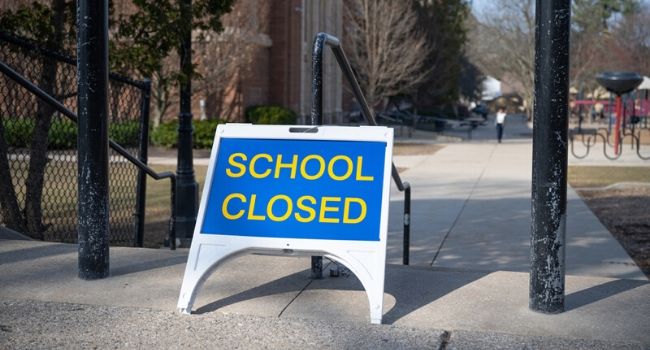
School is Out for Summer
The COVID-19 pandemic has forced schools around the country to close campuses for the remainder of the school year.
- By Ralph C. Jensen
- April 28, 2020
It is not even summer yet, but the coronavirus pandemic has forced widespread school closures in the United States in an unprecedented disruption of K-12 schooling.
School closures mean physical buildings and traditional, in-person instruction have ceased.
Forty-three states, four U.S. territories, and the District of Columbia have ordered or recommended school building closures for the rest of the academic year, affecting approximately 45.1 million public school students.
At least 124,000 U.S. public and private school have been closed due to coronavirus have been impacted. The order affects at least 55.1 million students.
There are at least 98,000 public schools and at least 34,000 private schools in the U.S., according to the National Center for Education Statistics. Those schools educate almost 50.8 million public school students and 5.8 million private school students.
About the Author
Ralph C. Jensen is the Publisher/Editor in chief of Campus Security Today.